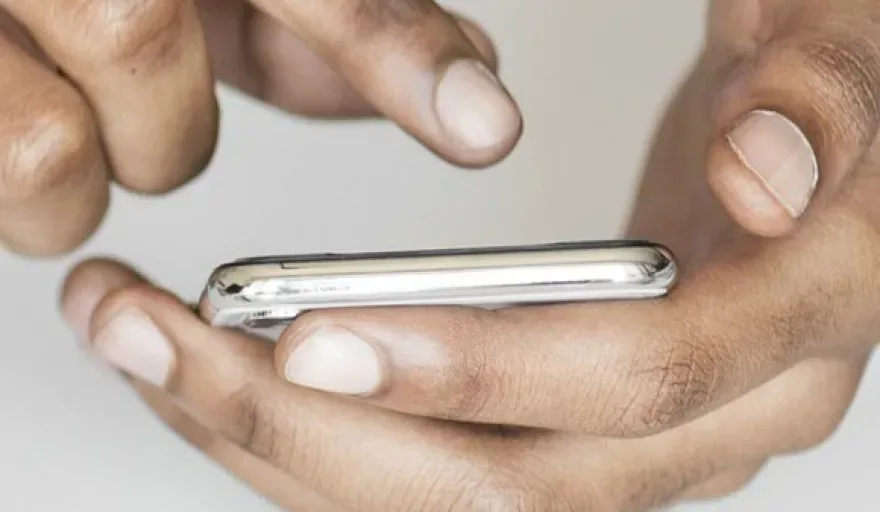The African telecoms market is a dynamic one which is fuelling entrepreneurship and driving socioeconomic benefits. However, the diverse landscape presents unique challenges that must be addressed to optimise service delivery.
INTRODUCTION
The telecoms markets across Africa’s 54 countries offer a huge range of opportunities, both to traditional players like mobile operators, new digital service providers and businesses launching IoT propositions.
But, despite these opportunities, challenges remain, ranging from political instability in regions like the Central African Republic, to the intense competition between operators for subscribers in smaller countries like Niger, Chad and Benin. Indeed, attracting and retaining customers is an issue which is perhaps particularly acute in Africa, where 78 percent of the market is pre-paid. Unlike many European and American markets, where customers sign up for lengthy subscriptions with a single operator, African subscribers have less loyalty to an individual provider.
On the other hand, a large African diaspora means that a high volume of international calls are terminated into the continent, boosting revenues for local operators. Finally, Africa’s 54 countries present a major opportunity due to their sheer number alone. Mobile populations and workforces, plus travel and tourism have resulted in a high number of mobile subscribers crossing borders, all expecting a consistent level and quality of connectivity. Roaming connectivity and services are set to be major market drivers.
MOBILISING AFRICA’S INTERNET
Mobile is massive in Africa. With many regions and communities lacking affordable hardware and without broadband connectivity, the smartphone and mobile infrastructure have provided the primary means of accessing the internet.
The number of mobile internet subscribers in Sub-Saharan Africa has quadrupled since the start of the decade. As 2G connections wane, 3G is emerging as the dominant technology in the region, and will account for an estimated 60 percent of connections by 2025.
The services and opportunities mobile internet connectivity have unlocked are perhaps more highly valued in Africa than other regions. A hugely varied physical landscape, as well as political instability and poor transport infrastructure has impeded access to essential services in many regions. Low-cost handsets and improvements in mobile infrastructure are helping to overcome this. So, while Africa has the world’s lowest bank branch penetration, for example, over half of the world’s 174 million active registered mobile money accounts are in Sub-Saharan Africa, a region which also boasts a high number of mobile payments providers.
Africa – as with other regions globally – is experiencing an IoT boom, supported by mobile connectivity. Areas like agriculture, mining and utilities have been identified as particular growth areas, with sensing technologies, remote monitoring and cloud-based data platforms driving efficiencies.
Again, these use cases all rely on consistent, reliable connectivity which supports a high number of connected things and is unaffected by border crossings. This latter point is especially important in IoT use cases involving transport and logistics, where roaming with multiple operators in multiple regions will have to be supported.
BACK TO BASICS
As much as there is huge opportunity in Africa for a burgeoning mobile IoT, there are still swathes of the population who rely on 2G connectivity, and for whom ‘basic’ communications services like voice and SMS remain crucial.
SMS can still improve access to and delivery of vital services, though. mTrac, for example, is an SMS-based technology which is being used to manage medication supplies remotely. Using a toll-free number, medical professionals can communicate via SMS to find out about stock levels of essential drugs in hospitals and care centres, without having to spend time and money to travelling between locations.
Another major SMS opportunity in Africa comes in the form of A2P (application-to-person). Companies can leverage A2P SMS to quickly, securely and cost-effectively communicate with customers, even in those areas which lack advanced infrastructure.
This paints an exciting picture, and helping to improve connectivity in Africa will certainly support creativity, entrepreneurship and service provision across the continent. However, while the continent is dynamic and exciting, it can also be, from a connectivity perspective, challenging. Submarine cabling currently delivers connectivity to regions on Africa’s outer borders, yet these remain at risk of damage (both accidental and criminal), which is difficult to entirely eliminate. A lack of standardised network infrastructure across Africa has also limited the deployment of services and infrastructure upgrades in some regions.
INVESTING IN AFRICA’S FUTURE
Demand for connectivity services shows no sign of slowing. In order to support data-heavy applications and a mobile IoT, continued investment invest in mobile infrastructure across Africa is needed.
A growing mobile ecosystem also, unfortunately, means a continuation of telecoms fraud. This will only be addressed through collaboration between governments and telecoms players. Africa is not alone in experiencing voice and SMS fraud, both of which are global issues. Fraudulent traffic is estimated to cost the international wholesale carrier industry $17 billion annually. In a continent like Africa, which is comprised of so many countries and such high levels of roaming traffic, the problem is particularly acute. Fraudsters in country A can generate fraudulent traffic that originates in country B and terminates in country C, with fraud behaving like a virus, spreading quickly and infecting network after network in succession.
The ITW Global Leaders’ Forum – a network of leaders from some of the world’s largest wholesale carriers – along with non-profit i3forum, is championing a collaborative approach to reducing fraud. It launched a Code of Conduct earlier this year, setting out a number of principles which signees must adhere to, including monitoring and reporting fraudulent activity. Traditionally an issue telecoms players kept quiet about, there’s now a concerted move toward industry-wide cooperation and knowledge sharing.
In addition to protecting the revenues and businesses of operators, this approach will ensure that mobile subscribers can enjoy uninterrupted, secure connectivity – be it 2G, 3G, or, in a growing number of regions, LTE – wherever they’re roaming in Africa and further afield.































